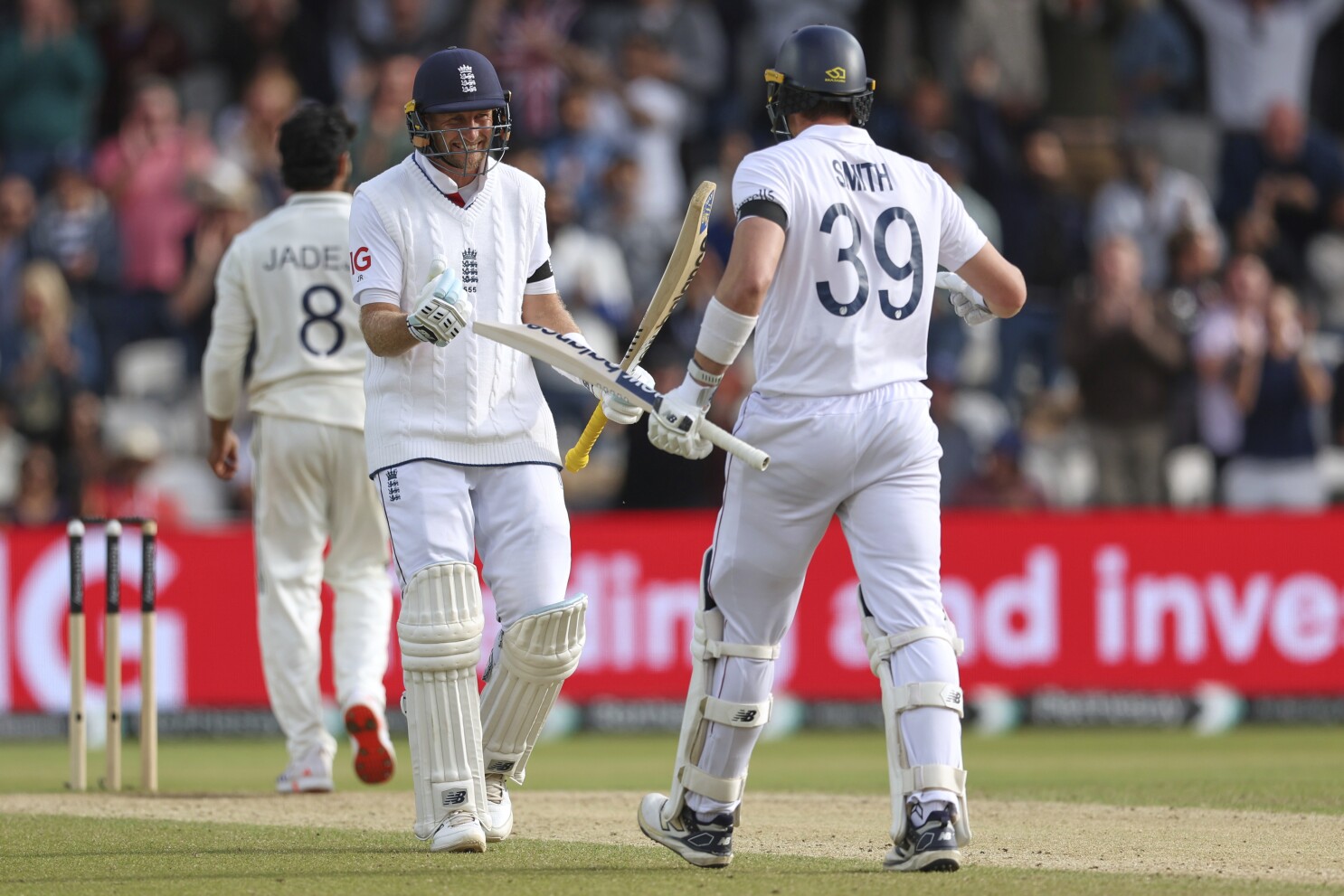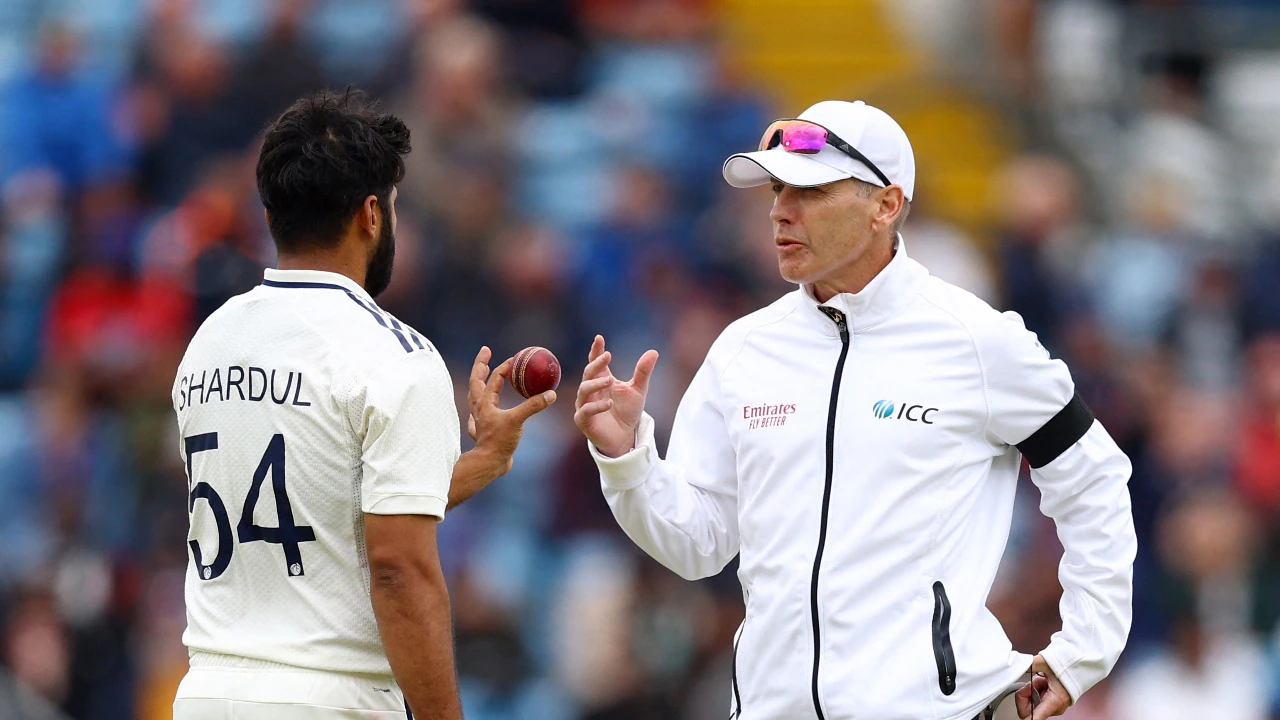Discussions continue around India’s team strategy following their dramatic loss to England in the first Test at Headingley, Leeds, with calls for patience and tactical reassessment. Despite an extraordinary batting performance where India scored five centuries, the team succumbed to a five-wicket defeat as England chased down 371 runs in the fourth innings, marking the second-highest successful run chase in England and the highest ever at Headingley.
Key Issues Behind the Headingley Loss
The defeat has sparked intense analysis of where India went wrong. Foremost among the concerns is the team’s inability to capitalize on dominant positions in both innings. India posted a formidable 471 in the first innings, with centuries from Yashasvi Jaiswal, Shubman Gill, KL Rahul, and Rishabh Pant. However, the team suffered two major batting collapses—losing 7 wickets for 41 runs in the first innings after being 430/3, and again 6 wickets for 31 runs in the second innings after 333/4. These collapses, particularly from the lower order, undermined the platform set by the top order.
Fielding lapses also played a crucial role. India dropped 10 catches in the match—their highest in a men’s Test since 2011—with Jaiswal responsible for four critical drops, allowing England batters to add 165 runs more than they should have. Such errors at vital moments contributed significantly to England’s successful chase.
The bowling unit, especially the seamers, was criticized for lacking penetration and consistency in exploiting favorable conditions. The attack failed to take 20 wickets despite the pitch and weather conditions offering some assistance.
Criticism and Support for Shubman Gill’s Captaincy
Shubman Gill, making his debut as India’s Test captain, has come under scrutiny for his tactical decisions and perceived conservatism. Critics argue that his captaincy lacked the aggressive intent needed to close out the match, especially on a pitch that offered opportunities for seam bowling. Questions have been raised about his field placements, bowling changes, and overall game management during crucial junctures.

However, there are strong calls for patience and support for Gill as he transitions into leadership. Former India opener and current coach Gautam Gambhir defended Gill, emphasizing that the young captain is still learning and adapting to the pressures of leadership at the highest level. Gambhir highlighted the importance of collective responsibility, stating, “We lose together and win together,” and urged the public and media to allow Gill the time to grow into his role. He also pointed out that the team is in a transition phase following the retirements of key veterans like Virat Kohli, Rohit Sharma, and Ravichandran Ashwin, which adds to the challenges faced by the new leadership.
Calls for Tactical Reassessment and Patience
The loss at Headingley has prompted calls for a thorough reassessment of India’s team strategy. Analysts suggest that while the team boasts strong batting talent, especially in the top order, there is an urgent need to strengthen the lower-order batting and improve bowling depth and variety. The bowling attack needs refinement and experience to consistently take wickets in challenging conditions.
Moreover, the fielding standards require immediate attention to avoid costly errors in future matches. The team must learn from the mistakes at Headingley and convert dominant positions into wins, particularly in the context of the World Test Championship, where every point is crucial.
In summary,
India’s defeat at Headingley serves as a wake-up call highlighting the need for tactical evolution, improved execution in key moments, and leadership development. While criticism of Shubman Gill’s captaincy and the team’s lower-order batting and bowling performances is warranted, there is a consensus that patience and constructive support are essential as the team navigates this transitional phase. With time to regroup before the next Test in Birmingham, India has the opportunity to reflect, recalibrate, and emerge stronger in the ongoing series

